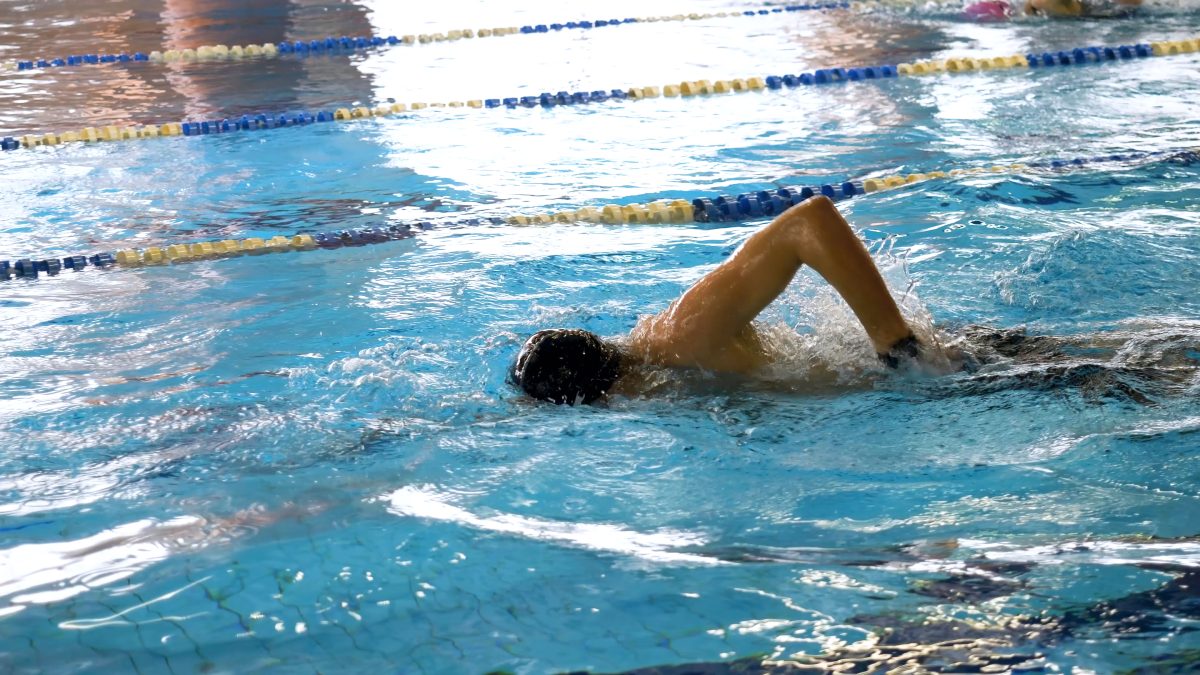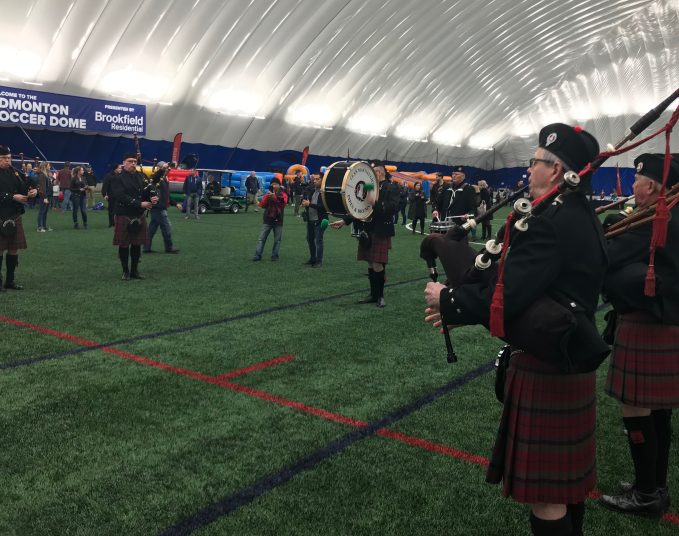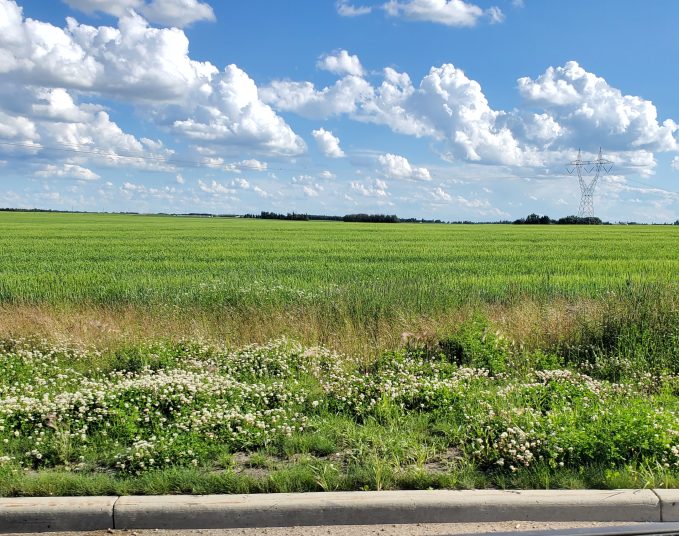When a newly built north-side private gym opened this past April, I, like many other passersby who caught sight of the mega-gym, was entranced. I first heard of the luxury gym and its purpose-built fitness rooms, private swimming lanes and premium smoothie bars when it opened in 2021, but, as a lifelong Northsider raised on a diet of two-week trials at retail gyms, I initially dismissed it as just another south-side excess.
But after seeing it for myself, I did in fact believe — and soon I had cancelled my membership at my local gym and signed a one-year contract. Over the next few days I would often exchange smiles with familiar faces from gyms past, all of us knowing that we had been seduced by the same sales pitch, and those damn good peanut butter protein smoothies.
The novelty quickly wore off, however, and by the end of my first week I had cancelled my membership. Gymless and smoothieless, I was left looking for where I could get the most bang for my buck. Surprisingly enough, I didn’t find myself gravitating towards another members-only paradise, but my local City of Edmonton recreation centre.
I specifically enrolled at the Clareview Community Recreation Centre, a 258,000 square foot space that is one of five “mega” centres owned and operated by the city (the others being the Booster Juice Recreation Centre in Terwillegar, Kinsmen, Commonwealth and the Meadows). What sold me on Clareview was its incredible value proposition. Boasting a gym, running track, turf soccer fields, three pools, hockey rinks, basketball courts and a library — as well as a smoothie-laden cafe for whenever I felt sentimental — the recreation centre features more amenities than I could expect to find at a retail gym, all at a similar or cheaper price point and without the long-term contracts.
Choosing a City recreation centre was a no-brainer for me. But, according to Neal LaMontange, a professor at the University of Alberta School of Urban and Regional Planning, that promise of more often results in less when it comes to recreation centres.
“We’re making these community centres do so much heavy lifting in terms of program[ming] that the inverse of that is that some of the program spaces aren’t as big as they could be,” LaMontagne says, pointing to the tradeoff often associated with multi-use recreation spaces. “So you choose a gym that’s more convenient that has more modern equipment and more classes and you level up for your own personal needs. Why do people choose anything that has a cost when they could get a cheaper collective version? Because they want that customization.”
At the heart of LaMontagne’s comments is a tension that has consistently plagued the formulation of City recreation centres: what amenities to include and which ones to axe? A 2018 survey found that a majority of Edmontonians choose recreation centres not based on their proximity to their homes, but rather on the amenities that they offer. But LaMontagne suggests that the desire to prioritize large recreation centres that do it all can create highly generalized spaces that serve the larger community, but not their immediate neighbourhoods.
“My worry in central neighbourhoods is that we’re asked to do things that serve the city as a whole. Take the proposed velodrome [at Coronation Park Sports and Recreation Centre]. I’m never going to use it, but as a city we need a velodrome. But now my community centre is compromised.”
LaMontagne would like to see a planning model that balances the need for new recreation centres in suburban neighbourhoods and upgrades to the older facilities already found in central communities. His sentiments echo those already expressed on council, which take issue with the emphasis placed on the mega centres at the expense of the city’s over a dozen small- and medium-sized recreation centres, many of which are in need of facelifts.
City Council has most recently had to wrestle with the question of recreation centre priorities in relation to the future Lewis Farms Recreation Centre. The project has already had to withstand numerous attempts to scale back its $311 million budget, namely by including just one ice rink (as opposed to the two in its proposal), halving the swimming pool and removing the competition-grade diving platform. A further $126 million cut was rejected by council in 2022, but it remains to be seen exactly what amenities will be made available when it opens in 2028.
On the other side of the amenity divide are perspectives like those of Lindsey Butterfield, vice president of government relations and policy at BILD Edmonton Metro.
“If we’re talking about what makes the most sense from a community-building perspective, I think the more generalized your spaces are, the better,” Butterfield says. “That unstructured nature is one of the advantages that recreation facilities offer.
“In the past, schools have filled that need of having places that were community hubs — whether they’re the open fields around it or the gymnasiums inside — and our rec facilities definitely need to fill that need of having an affordable and safe place for people to go.”
There is space for privately-operated recreation spaces not as competition, but niche service providers. City recreation centres might be ideal places for broad infrastructure like fields, pools and courts, but when it comes to specialized infrastructure like rock-climbing walls, gymnastics apparatuses and maybe even velodromes, they are likely better left to the private sector.
Data from the City showed that over 3.3 million visits were made to city recreation centres in the first five months of 2023, a figure that represents an almost complete bounce back to pre-pandemic usership levels. That near recovery was accompanied by similarly strong enrolment in memberships, day programs and summer camps. Considered in light of the city’s growing private retail gym landscape, those figures represent the continued importance of City recreation centres; a value that LaMontagne points out is often hard to quantify in numbers and figures.
“I would bet real money that all of our [recreation centres] cost us more than we think and that’s OK. We lose money every time we build a road too,” he says. “It’s not that we need the people there for revenue, we want them there for community.
“I personally don’t mind that people are going to fancy gyms, but I’m hoping that we have types of community amenities, spaces and infrastructure that fill a need, whether it’s gathering, hockey parties or community concerts.”
Or in my case, a place to get damn good smoothies.
Savvy AF. Blunt AF. Edmonton AF.




